Although racism in Cuba began to decline during the wars of independence, by the obvious presence of blacks and mulattoes among the mambises (Cuban guerrillas), that was only a beginning. Much remains to be done, after more than twelve years into the 21st Century.
The idea of a characteristic or distinctiveness of a particular social group in relation to its ethnic origin has been the core factor for the onset of prejudices and attitudes that prevent a more just and comprehensive understanding of the problem from a historical, economic, and social point of view.
On the subject much has been said, but in practice little has been done, the most commendable in my view being what is endorsed by Articles 41 and 42 of the Constitution of the Republic: “(41) All citizens have equal rights and are subject to the same duties. (42) Discrimination based on race, skin color, sex, national origin, religious beliefs or any other offense against human dignity is forbidden and is punishable by law.“
But from there to everyday life is a long stretch, as is often found in the judgments of inferiority and marginality lurking in the minds of many people in relation to blacks, including the judgment of those who make the major decisions in the country, even though from time to time to they recognize it.
Just look, for example, at the contrast between the ethnic composition of the representatives of the Cuban diplomatic corps, either to represent us in Burundi, Burkina Faso and Togo, and the students of the Institute of International Relations (future diplomats), or between the current leadership of the so-called top-tier management, and the mass of black intellectuals, formed by the system itself, with the same qualifications, displaying the first condition that one must have to occupy such positions: being a member of the only party allowed in Cuba.
It is not my style to compare our small country with others, but since there is already talk of a generational shift, I ask two questions that relate to the topic: Will there be a black president in Cuba like there is in the United States? Will it be a black woman? Nobody panic, I’m just fantasizing.
11 September 2013
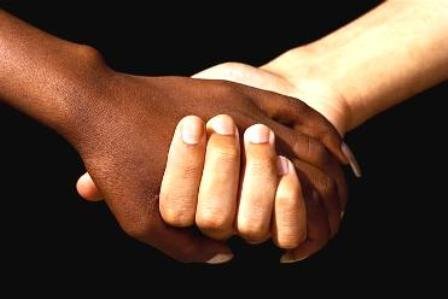


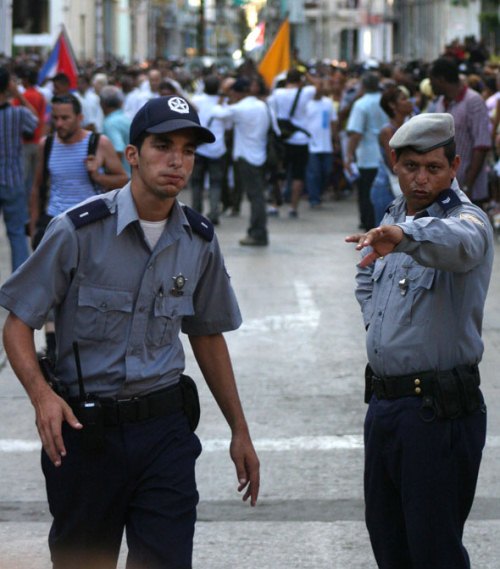

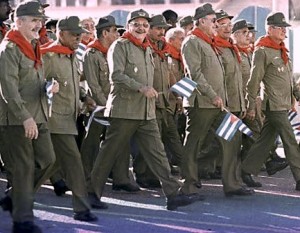
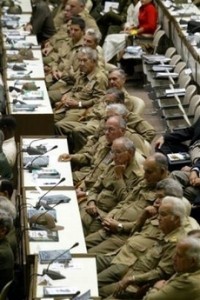
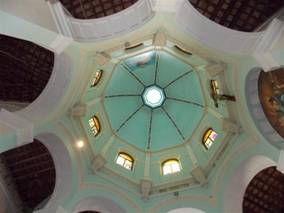
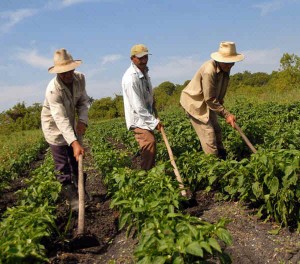
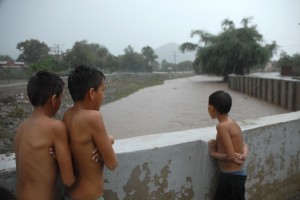
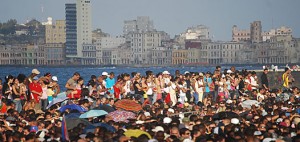
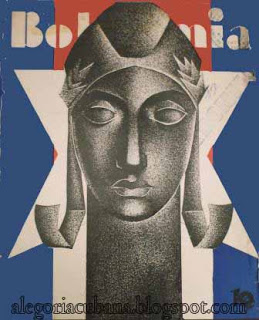










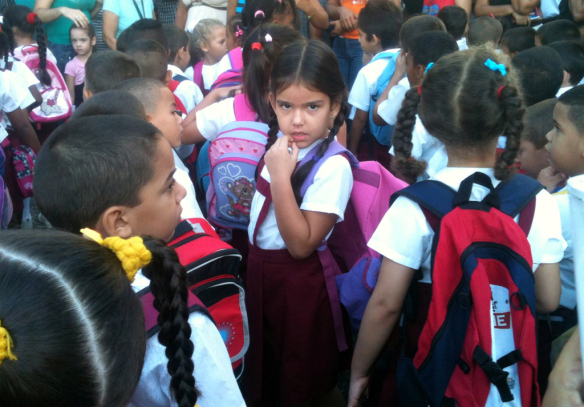
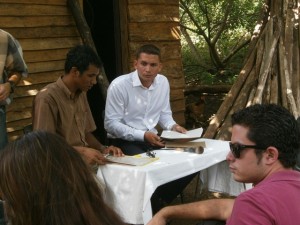

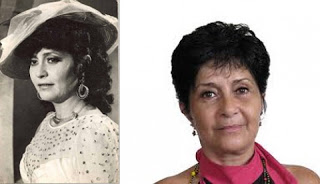
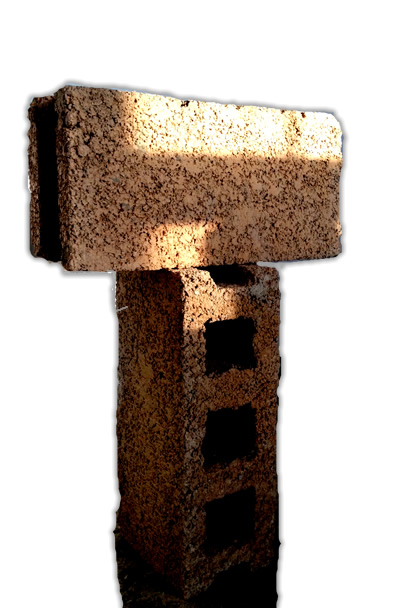 Beto was one of those who handed out beatings in August of 1994. With his helmet, his mortar-splattered pants and an iron bar in his hand, he lashed out at some of the protestors during the
Beto was one of those who handed out beatings in August of 1994. With his helmet, his mortar-splattered pants and an iron bar in his hand, he lashed out at some of the protestors during the